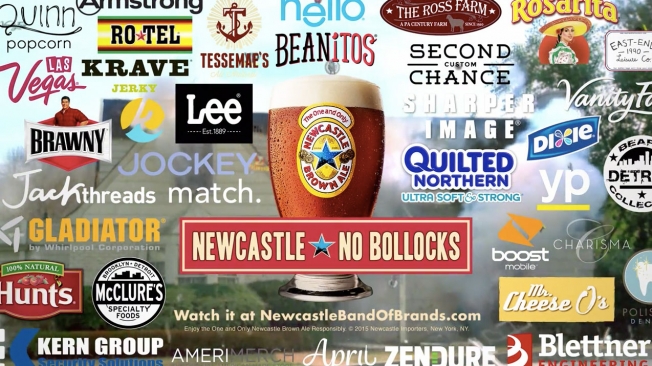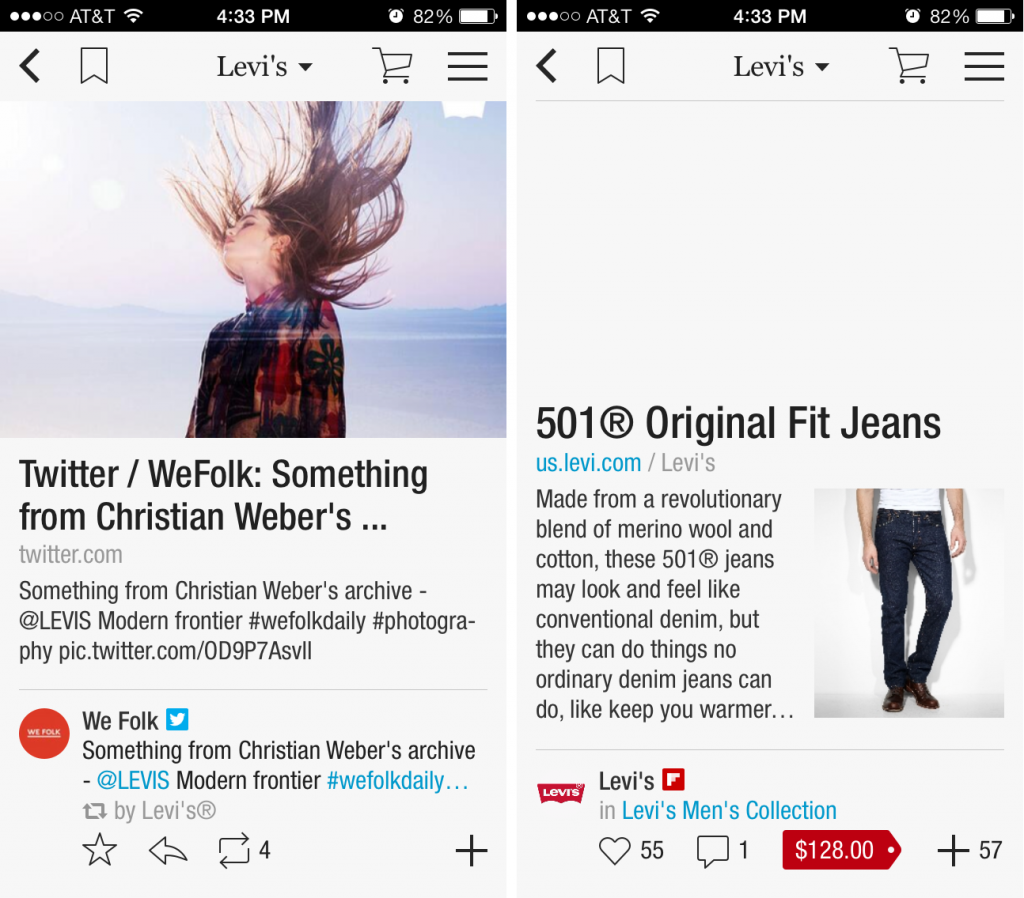How to Increase Customer Interaction Using 6 Factors in Your Social Media
With the plethora of social media platforms out there, each with its own unique features and elements, it has become harder for marketers to leverage these social channels into successful campaigns.
In social media channels, what sets failed campaigns apart from successful ones is innovation.
The millennial generation (people born between 1980 and 1995), is quicker to adapt to new technology than older generations. We are usually the first on new social media platforms and the first to abandon them once something better comes along.
Marketing using social media is a low cost investment that could have a high return. To specifically see this with millennials, focus on valuing innovation over consistency.
Don’t be afraid to end a successful campaign right at its peak. This creates a strong “Fear of Missing Out” emotion. FOMO is a big emotional driver for millennials. It is the same drive that compels a majority of us to stand in line at specialty shops hoping to get our hands on a limited edition item to translate into bragging rights over friends on social media. The mark of a successful campaign is one that not only creates customers but also organic brand representatives.
When using social media, marketers have discovered a lot of wrong ways to market to millennials and just as many right ones. The difference between them is learning how to strike a balance between sincerity and irony, detail and vagueness and new and unproven.
Sincerity and irony
Millennials in general love irony. Campaigns that are self-aware and poke fun at their own calls-to-action, while still sincerely telling you why you should buy their product over competitors, work better in social media than traditional campaigns.
Newcastle beer company recently had a series of ad campaigns that poked fun at the traditional beer commercial featuring beautiful people drinking beer and having a great time. The campaign’s coup de grace was a Super Bowl ad making fun of how much money beer producers spend on Super Bowl ads by trying to put as many brands as possible into a one-minute commercial. The ad has been viewed 1.5 million times in two months and, through that, has probably increased Newcastle’s popularity with young adults.











